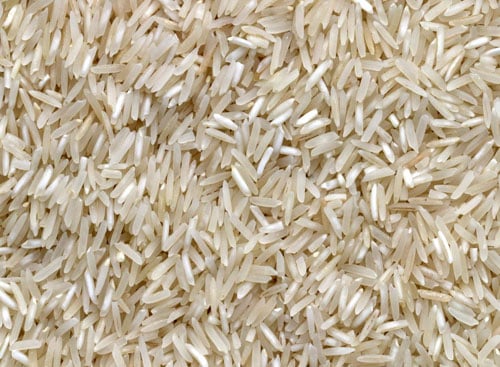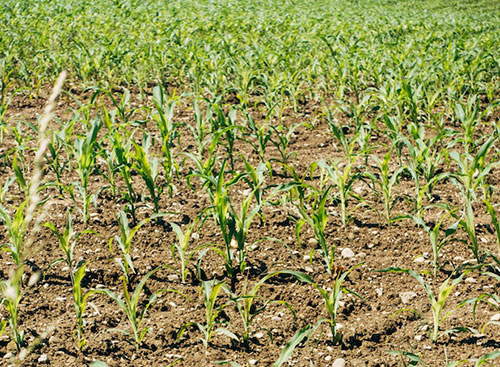Applications
Uses of minerals, fillers and additives, for food, construction, cosmetics, fertilizers, water treatment and many more applications
Minerals & Fillers
Animal bedding and animal nutrition
For animal feed we have zeolite as a nutritional supplement for animals, including livestock, fish and birds. Clinoptilolite is a natural zeolite that absorbs toxins and heavy metals, reduces diarrhea and regulates ammonium, thus increasing the assimilation of minerals, vitamins and proteins.
Zeolite is also used for animal bedding due to its excellent liquid and odor absorption capacity. Recommended as litter for cats, litter for dogs, bedding for chickens, pigs and bovines.
Products: Zeonat nutrition , Zeolite
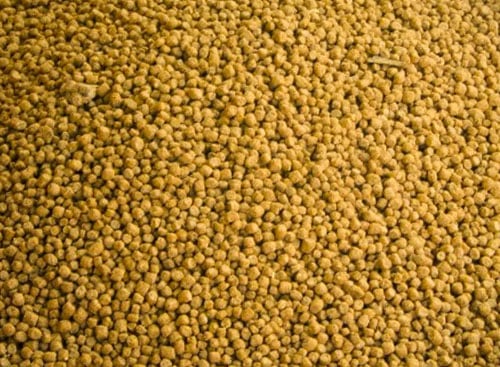
Fertilisers
insecticides and pesticides
For natural insecticides and pesticides, talc can be used as a powder base. Talcum powder is useful to eliminate fleas, ticks and other insects on pets. And it is also used in crop fields and orchards to prevent ant and beetle infestations, as well as root rot.
Kaolin is used as a repellent for some pests such as the green mosquito, Psila del peral, thrips and other insects.
Minerales and additives: Talc, Kaolin

Water treatment
For wastewater purification and water treatment, the recommended mineral is zeolite. Thanks to its natural ionic exchange properties and adsorption of heavy minerals, cations and bad odours, it is an ecological product suitable for purifying water naturally, being able to retain particles up to 5 microns. Zeolite is suitable for water filters, treatment plants, septic tanks, swimming pools and fish farms.
Products: Zeonat water
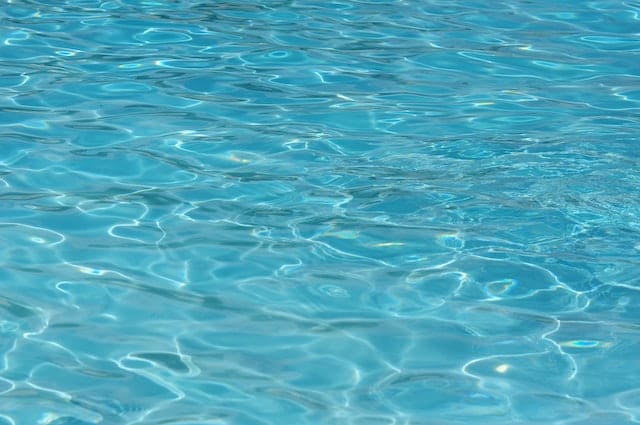
Waste treatment
In waste treatment, zeolite can be used for the filtration of industrial gases. Zeolite helps remove moisture, odors, ammonia and other toxic particles from gases.
Mineral: Zeolite
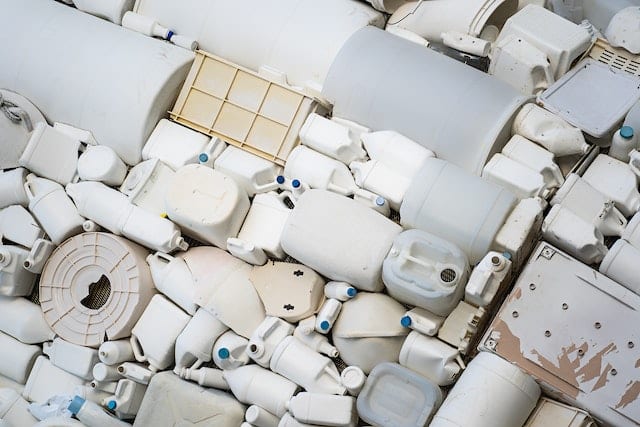
Soil improvement
For the improvement of soils in construction, wollastonite is applied in the manufacture of cements, resins and mastics as reinforcements in floors and walls. Construction microspheres reduce weight and improve the thermal cracking of mortars, concretes, cements and other materials.
On the other hand, for the improvement of crop soils, natural zeolite favours and optimises soils in an ecological way, thanks to its ability to accumulate water and nutrients when it rains or is irrigated and release them slowly when there is a lack of irrigation or in dry seasons.
Kaolin is also used in agriculture for protection against heat, reducing thermal stress and increasing water efficiency, thus improving crop yield and production.
Fillers y minerals: Kaolín, Microespheres, Talc, Wollastonite, Zeolite
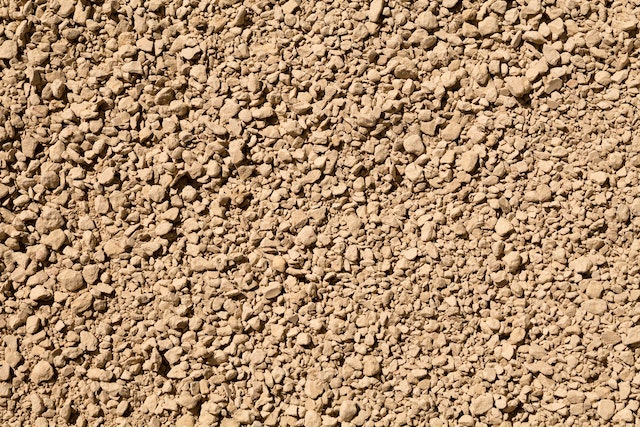
Cosmetic and medical
There are many minerals uses in medicine and cosmetics. Talc is widely used in the cosmetics industry as face and body powders and as a base for creams, toothpastes, soaps and an excipient for medicines.
The barite is used to make X-rays and absorb radiation.
Precipitated calcium carbonate is used in the pharmaceutical industry for its high whiteness and chemical purity.
Kaolin, or white clay, due to its qualities (it is antibacterial, anti-inflammatory and exfoliating) is excellent in cosmetics and health for masks, creams, toothpaste and deodorants.
Mica is used to add natural shine to makeup and cosmetic products.
Wollastonite is used in the manufacture of prostheses, implants and synthetic bones, thanks to its high resistance capacity.
In cosmetics, zeolite is used to eliminate toxins, hydrate and improve skin tone. It is also very effective in eliminating bad odors and sweat. Zeolite absorbs moisture and is deodorant.
Fillers and Minerals: Barite, Mica, Talc, Kaolin, Precipitated calcium carbonate , Microspheres,
Wollastonite, Zeolite
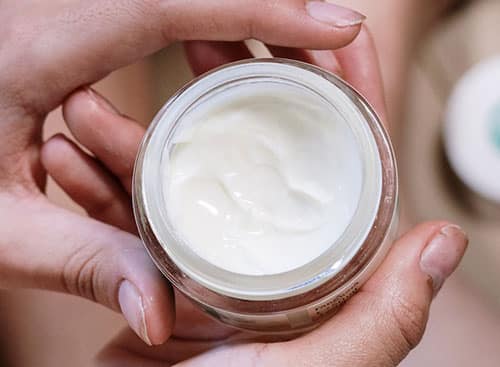
Soaps and detergents
Talc is widely used as a base for ecological soaps and detergents, liquid detergents and biodegradable detergents.
Glass microspheres can be used for cleaning aluminum and stainless steel parts, moulds, polishing, stripping welds and homogenising surfaces by blasting. It also removes calamine and is used in wood cleaning and restoration work to strip lacquered wood, blast and sandblast wood. The microspheres are also used in the manufacture of toothpaste.
Productos: Microspheres, Industrial talc
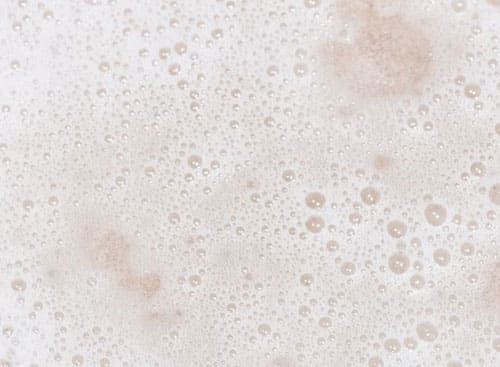
Dyes and pigments
In the manufacture of white pigments for paints, barite is one of the most used minerals, due to its high whiteness.
Blanc fixe, or synthetic barium sulfate, is used as an exceptionally bright white pigment of excellent quality.
Kaolin is the main inorganic pigment used in inks. Improves ink retention and extends both color and white pigment. It is a good extender and due to its low abrasion, easy dispersibility and low oil absorption, it minimizes wear on printing plates.
Precipitated Calcium Carbonate is highly recommended as a pigment in the manufacture of paints due to its whiteness and high gloss.
Fillers: Barite, Blanc fix, Kaolin, Precipitated Calcium Carbonate
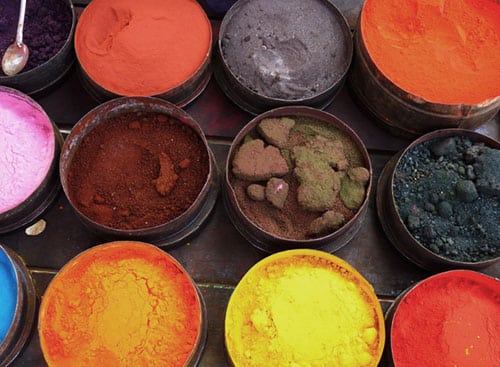
Paper
In the paper industry, barite is widely used for its high level of whiteness. It is also used in the manufacture of photographic paper.
Blanc fixe or fixed white provides a lot of brightness and whiteness and as a filling agent, it improves thickness, resistance and texture, which is why it is also used as an additive to improve quality in paper manufacturing.
To improve the printing, smoothness, whiteness and brightness of the paper sheets, kaolin is applied.
Precipitated Calcium Carbonate, due to its high purity, size and granulometry, allows high levels of opacity and whiteness to be obtained in the paper manufacturing process.
The wollastonite in the paper is used to improve mechanical strength.
Additives and minerals: Barite,, kaolin, Precipitated Calcium Carbonate , industrial-talc

Adhesives, resins and sealants
Other minerals for construction are barite and mica used as reinforcing filler in the manufacture of putties and plasters; mica is also used in the manufacture of thermal, electrical and waterproof insulators. The blanc fix provides whiteness and shine to adhesives and sealants, as well as filler, improving its viscosity and texture.
Wollastonite is also used in the manufacture of adhesive and sealant materials and products.
Minerals: Barite, kaolin, Precipitated Calcium Carbonate , Mica, Microspheres, Talc, Wollastonite
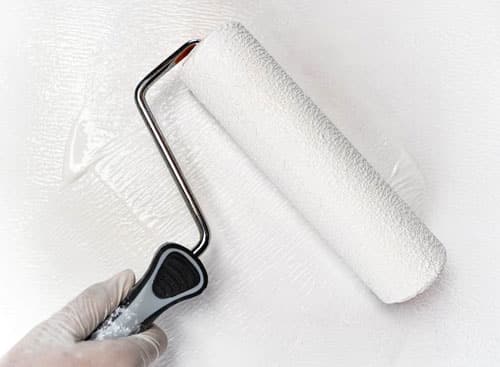
Paints and coatings
Barite is used in the manufacture of white pigments for paints and in special paints as a mineral filler, as road paint or in industrial coatings.
Blanc fixe or fixed white is a highly brilliant and excellent quality product for the manufacture of paints.
For interior paints, latex paint, water-based paints and exterior paints, oil-based paint, we highlight kaolin because, due to its excellent qualities, it facilitates enamel retention and washability.
Precipitated Calcium Carbonate is also an extremely good material for the manufacture of paints due to its high whiteness and opacity.
To provide greater water resistance, mica is used, which acts as a pigment extender in paints, and coatings.
Products: Barite, Blanc fix,kaolin, Precipitated Calcium Carbonate , Mica, Microspheres, Talc, Wollastonite, zeolite
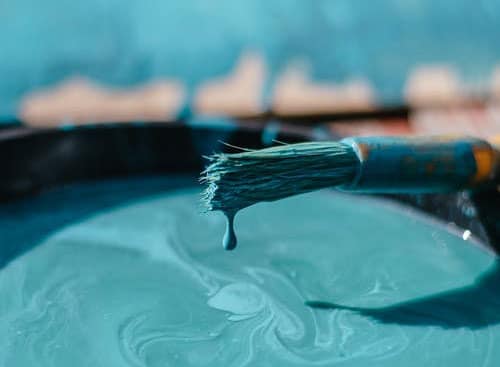
Plastic compounds
Barite and wollastonite work as additives and reinforcements in the manufacture of certain plastic compounds, such as some types of rubber or silicone.
Precipitated calcium carbonate is used as a filler in the manufacture of plastics or polymers, providing greater resistance to the final product.
Kaolin is used for PVC plastic, PVC pipes, cable covering, electrical cables, wires and as fibreglass reinforcement. Improves resistance and thermal stability and gives a smooth surface finish.
Mica is a good option for the manufacture of plastic components and thermal and electrical insulators. It is an elastic, flexible and heat resistant additive that is also used as a reinforcement in the production of polymers.
Products: Barite, Blanc fix,kaolin, Precipitated Calcium Carbonate , Mica, Microspheres, Talc, Wollastonite, Zeolite
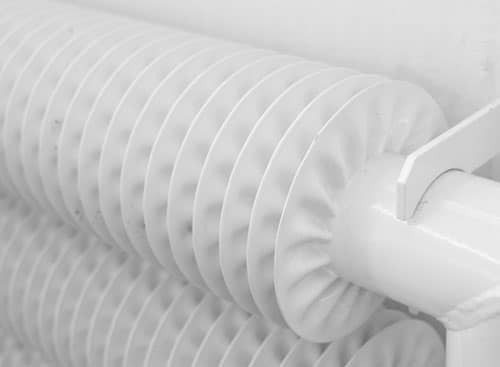
Rubber and gums
Barite and talc are frequently used as reinforcement in the manufacture of some types of rubber and gum.
Blanc fixe is used in rubber and gums to provide a brilliant white colour and as a reinforcing and filling agent, improving the resistance, texture and durability of the product.
Kaolin is also used as a filler in natural or synthetic rubber products, due to its resistance, abrasion and rigidity. In addition, kaolin is used as a pigment in rubber because of its whiteness and low cost.
Products: Barite, Blanc fix , Kaolin, Talc
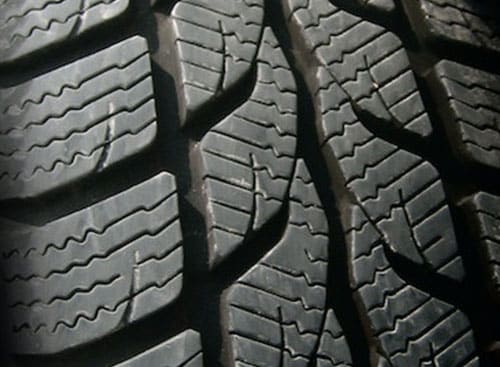
Composites
Composites or composite materials are materials that are formed from the combination of two or more different materials in order to obtain a material with properties superior to those of individual materials. The individual components of the composite maintain their unique identities and properties but work together to produce a material with enhanced characteristics.
Composites are used in a wide variety of applications, from the manufacture of aircraft and high-speed vehicles to the construction of bridges and buildings. Composites can be designed to be light, resistant, rigid, durable, insulating, conductive, fire resistant, and corrosion resistant, among other properties. Composites also offer advantages in terms of design, as they can be manufactured in complex and custom shapes.
Filler:: Microspheres

Concrete and ceramics
Barite, due to its high density, is used in construction materials.
For the manufacture of concrete and ceramics, kaolin and metakaolin are used as the main ingredients. Kaolin is used for tiles, crockery, porcelain, electric porcelain, sanitary ware and refractories. Metakaolin is used for the production of high-strength concrete, mortar, portland cement and lime cement.
Wollastonite is also used as an additive in ceramics and cements, improving their resistance.
Zeolite in construction is used for the manufacture of concrete to replace Portland cement.
Products: Barite, Blanc fix, kaolin, Precipitated Calcium Carbonate , Talc, Wollastonite, Zeolite

Thousands of customers already trust us
Our services include advice on the use of minerals and fillers in their different applications. We guarantee our commitment by providing solutions in different sectors.
OFFICE
Casp, 116, Ppal, 4ª
08013 BARCELONA – Spain

